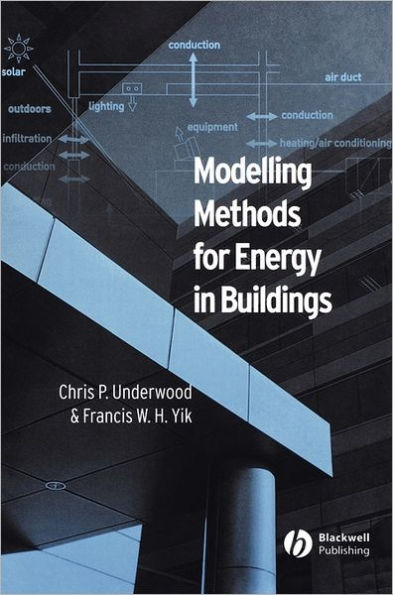Table of Contents
Preface.
Chapter 1 Heat Transfer in Building Elements.
1.1 Heat and mass transfer processes in buildings.
1.2 Heat transfer through external walls and roofs.
1.3 Analytical methods for solving the one-dimensional transient heat conduction equation.
1.4 Lumped capacitance methods.
1.5 Heat transfer through glazing.
Chapter 2 Modelling Heat Transfer in Building Envelopes.
2.1 Finite Difference Method – A Numerical Method for Solving the Heat Conduction Equation.
2.2 Heat Transfer in Building Spaces.
2.3 Synthesis of Heat Transfer Methods.
2.4 Latent Loads and Room Moisture Content Balance.
Chapter 3 Mass Transfer, Air Movement and Ventilation.
Chapter 4 Steady-State Plant Modelling.
4.1 Model Formulations for Plant.
4.2 Mathematical Models of Air-conditioning Equipment using Equation-fitting.
4.3 A Detailed Steady-state Cooling and Dehumidifying Coil Model.
4.4 Modelling Distribution Networks.
4.5 Modelling Air-conditioning Systems.
Chapter 5 Modelling Control Systems.
5.1 Distributed System Modelling.
5.2 Modelling Control Elements.
5.3 Modelling Control Algorithms.
5.4 Solution Schemes.
Chapter 6 Modeling in Practice I.
6.1 Developments in General.
6.2 Internal Ventilation Problems6.3 Wind Flow Around Buildings.
6.4 Applications to Plant.
6.5 Applications to Control and Fault Detection.
Chapter 7 Modeling in Practice II.
7.1 Interrelationships Between Methodologies.
7.2 Tools and Their Integration.
7.3 Validation and Verification.
References.
Appendix A.
Appendix B.
Index




